Parent Conference Letter Template for Effective Communication
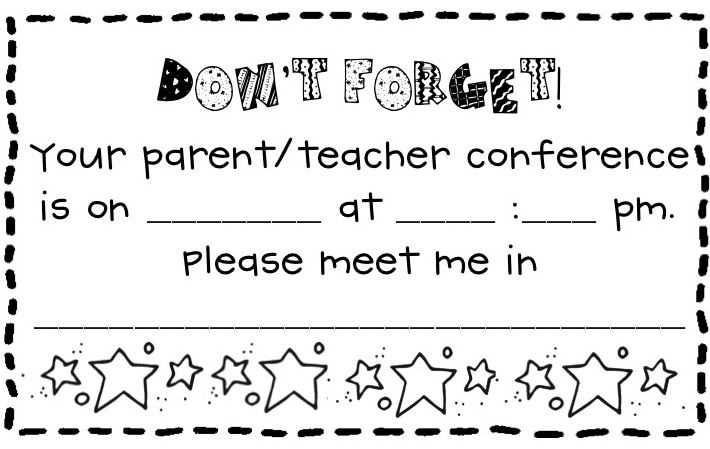
Creating an open line of communication between educators and families is crucial for fostering a positive learning environment. Having a clear, professional approach for inviting discussions about a student’s progress helps in building strong partnerships. This written communication provides structure while allowing space for personalized updates on the student’s achievements, behavior, and areas for improvement.
Key Components of a Successful Communication Piece
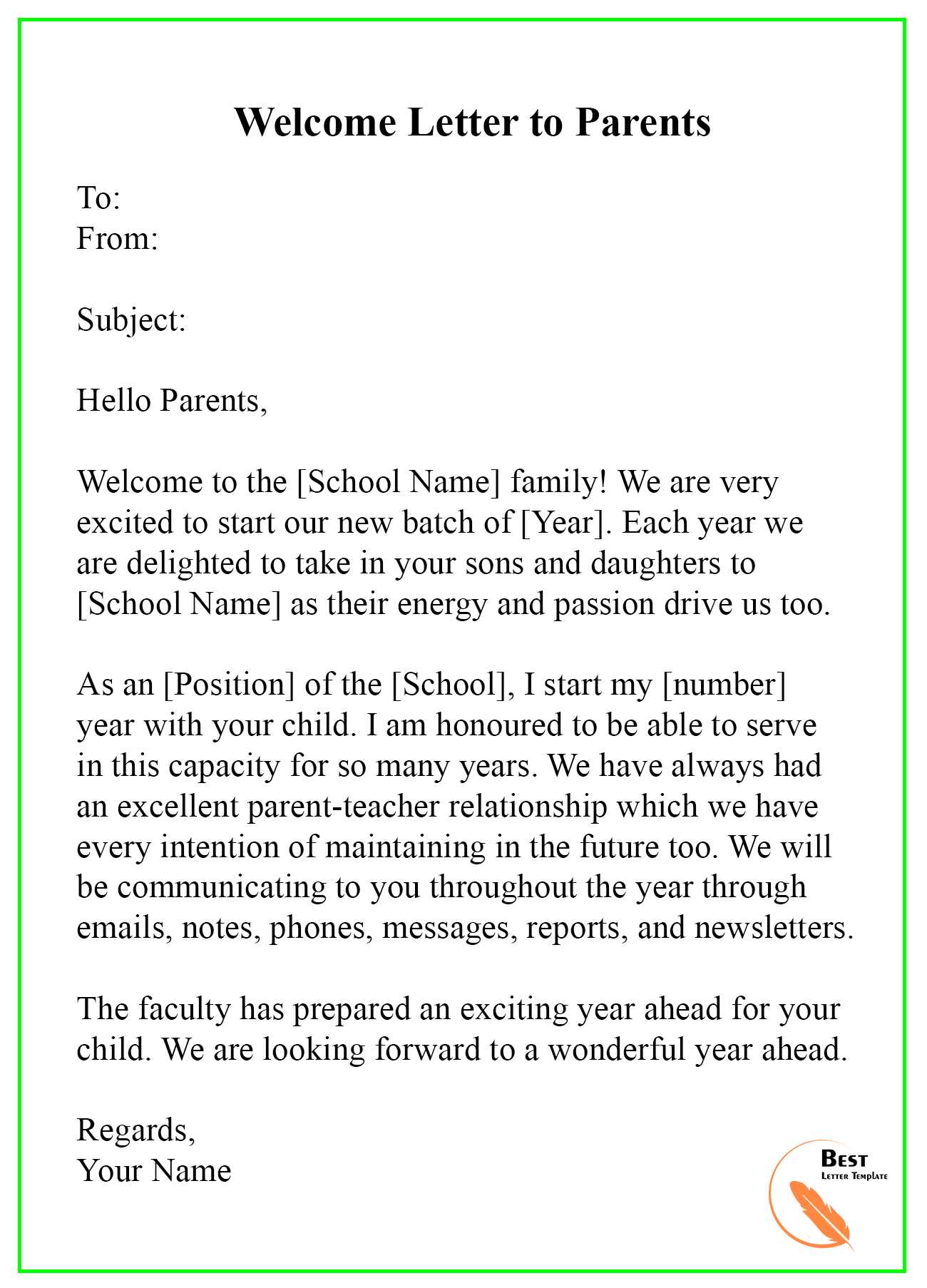
To ensure the message is clear and informative, certain elements must be included. These components make the communication professional and valuable for both sides.
- Introduction: Begin with a polite greeting and purpose for reaching out.
- Context: Briefly explain the reason for discussing the student’s performance or behavior.
- Specific Details: Include relevant examples or observations that highlight the student’s strengths and areas for growth.
- Action Steps: Suggest a course of action or request a meeting if necessary to discuss further.
- Conclusion: Close with appreciation for their partnership and willingness to discuss concerns.
How to Personalize the Message
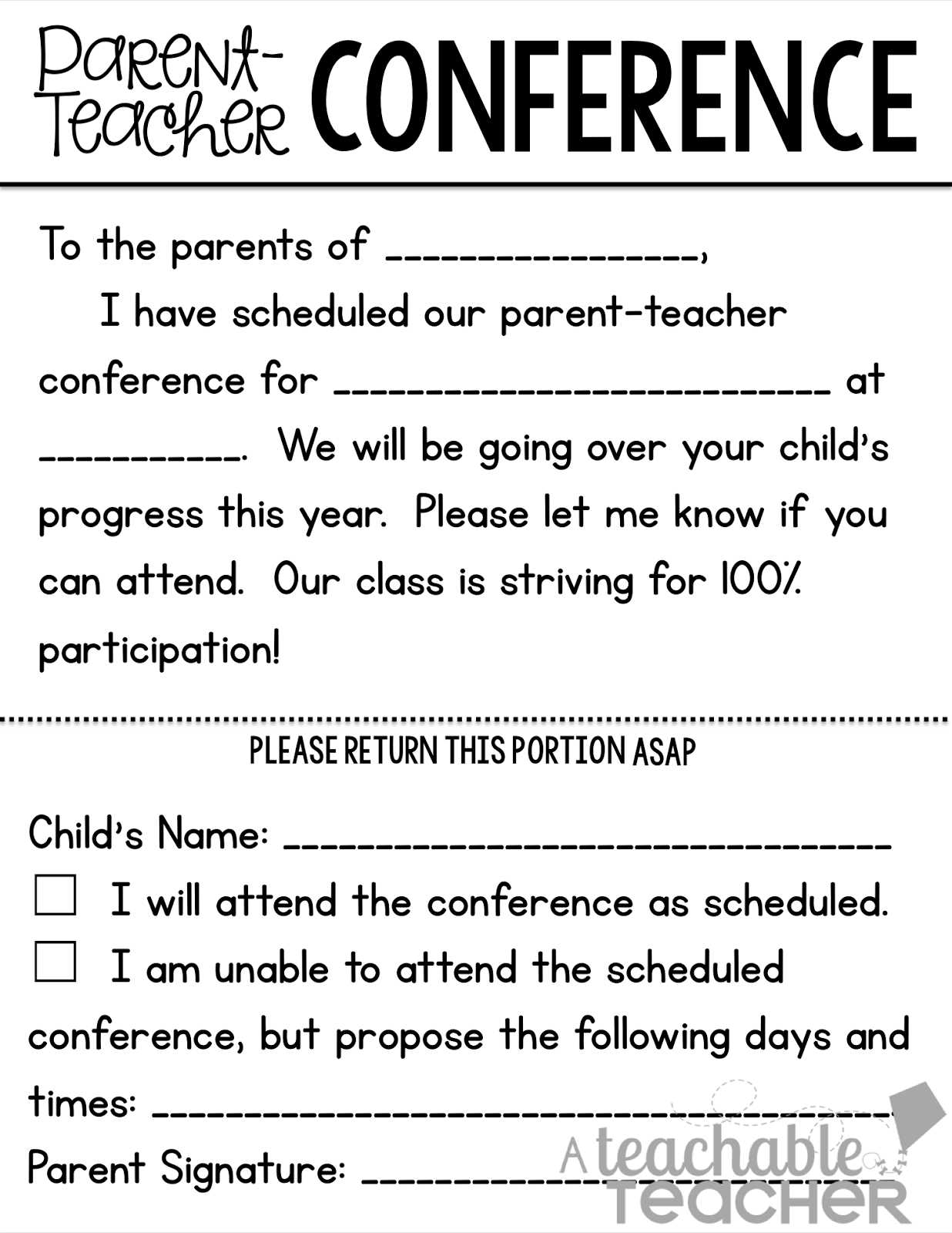
It is essential to tailor each piece of communication to the individual student and their unique situation. Personalizing the content allows for a more meaningful exchange and demonstrates the educator’s investment in the student’s development. This includes mentioning specific achievements, addressing concerns with sensitivity, and offering actionable suggestions that align with the student’s needs.
Avoiding Common Pitfalls
While maintaining professionalism is key, it’s equally important to avoid language that could be perceived as overly critical or vague. Keep the tone constructive, respectful, and supportive. Make sure the content is focused on solutions and opportunities for improvement, rather than pointing out problems without offering next steps.
Best Practices for Timing and Delivery
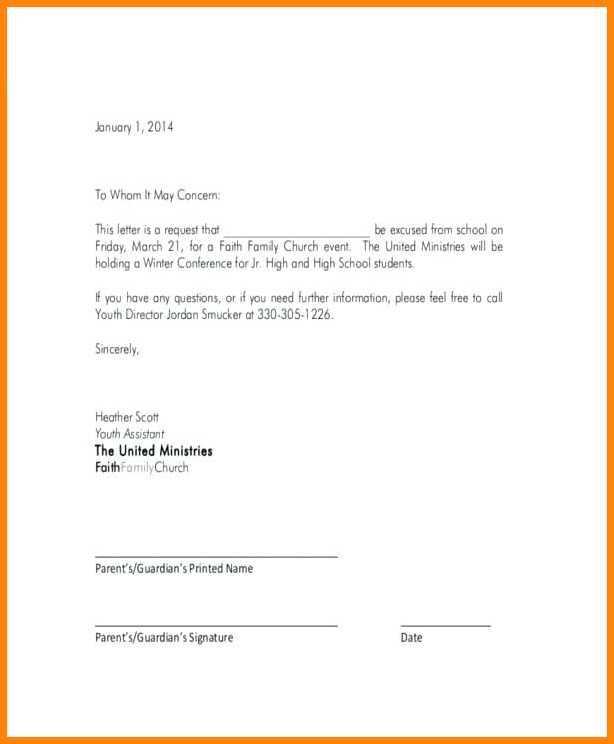
Timing is crucial in delivering this kind of communication. Ideally, it should be sent well in advance of any scheduled meetings or discussions. This allows families time to reflect on the information and prepare questions or feedback. When choosing a delivery method, consider accessibility. While traditional postal mail may be suitable for some, digital communication is faster and more convenient for others.
Conclusion
Effective communication between educators and families is essential for supporting student success. By crafting a thoughtful, personalized message, educators can create an opportunity for meaningful conversations that drive positive outcomes. Fostering a collaborative relationship ensures that both sides are invested in the student’s progress and well-being.
Guide for Effective Communication with Families
Having a clear, structured approach to communicating with families about a student’s progress can strengthen the connection between educators and caregivers. By using a formal yet approachable message, both sides can share insights that contribute to the student’s development. This guide will walk you through the essential components of a well-crafted communication and offer tips for personalizing it, avoiding mistakes, and ensuring respectful tone throughout the process.
Why Use This Form of Communication
Such a communication serves as a formal means of sharing important updates on a student’s academic journey. It provides clarity on the student’s achievements, behavior, and any areas that may require additional attention. This structured format helps keep the message professional, ensuring that families receive detailed information in an easily understandable manner, which can foster a collaborative approach to student success.
Key Elements of a Successful Communication
To make your message clear and meaningful, it’s important to include the following elements:
- Introduction: Start with a friendly greeting and explain the purpose of the communication.
- Specific Information: Highlight key details such as the student’s progress, strengths, or challenges.
- Suggested Actions: Offer suggestions for support or improvement based on your observations.
- Closing: End with gratitude for the family’s involvement and an invitation for further discussion.
Personalizing the Communication
It’s essential to tailor each communication to the individual situation. Mention specific examples that demonstrate the student’s growth and areas for improvement. This makes the message more relevant and shows a genuine interest in the student’s well-being.
By focusing on the student’s unique needs and contributions, educators can foster a sense of partnership and collaboration with the family, ultimately benefiting the student’s educational experience.
Avoiding Common Mistakes
Be mindful of the tone and content of the message. Avoid vague statements or overly critical remarks that might make the family feel defensive. Instead, ensure your message is solution-focused, offering constructive feedback that can lead to positive change. Be specific and clear in your language, and aim for a positive, supportive tone throughout.
Timing and Delivery of the Communication
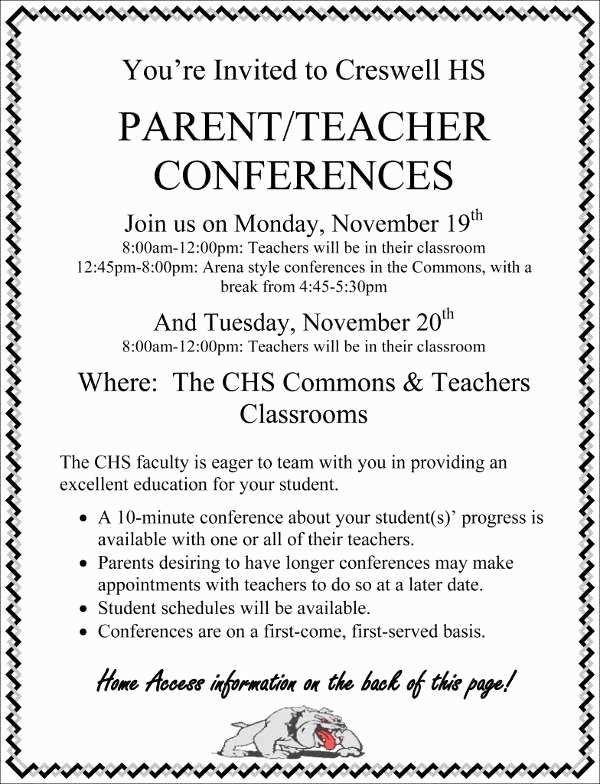
For maximum impact, send your communication in advance of any in-person meetings. This allows families time to review the information and prepare any questions or feedback. Additionally, consider using an easily accessible format–digital delivery is often the quickest and most efficient method for busy families.
Following these guidelines ensures that the communication is professional, effective, and fosters a positive relationship between educators and families.